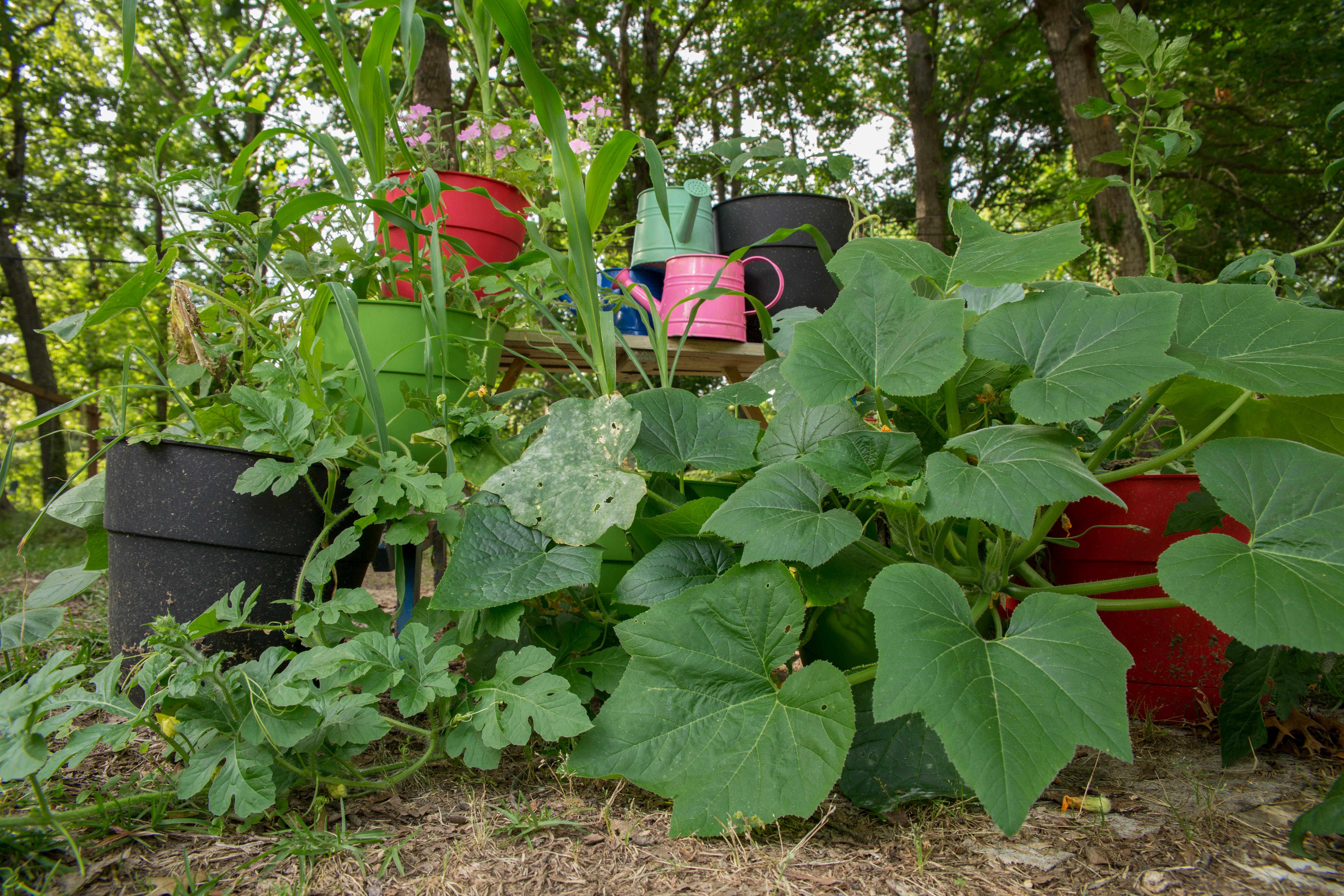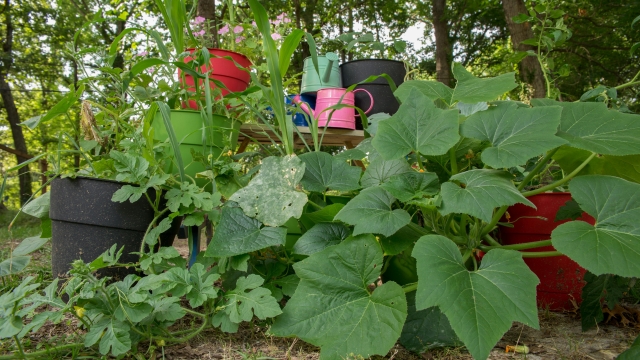
Gardening is a rewarding and fulfilling hobby that brings the beauty of nature right to your doorstep. Whether you have a sprawling backyard or a modest balcony, cultivating plants can transform your space and enhance your well-being. The joy of watching seeds sprout and flowers bloom is a universal experience that connects people to the earth and to each other. With the right knowledge and a few essential tips, anyone can nurture a garden, regardless of their experience level.
In this article, we will explore practical gardening tips to help you thrive in your green endeavors. From selecting the right plants for your environment to mastering the art of soil preparation, these insights will guide you on your journey to becoming a successful gardener. So grab your gloves and let’s dig into the essential advice that will help you bloom where you are planted.
Choosing the Right Plants
Selecting the right plants is crucial for a thriving garden. Consider your local climate and the specific conditions in your garden, such as sunlight exposure, soil type, and drainage. Native plants are often the best choice, as they are well-adapted to the environment and require less maintenance. Research which plants thrive in your region and visit local nurseries for expert advice and plant selection.
Once you have a list of suitable plants, think about the layout of your garden. Group plants with similar water and sunlight needs together to create a harmonious and sustainable garden ecosystem. Mixing different heights, colors, and blooming times can create a visually appealing landscape and attract beneficial wildlife such as pollinators. Plan for seasonal interest by selecting plants that will bloom at various times throughout the year.
Lastly, consider the maintenance level of the plants you choose. If you prefer a low-maintenance garden, opt for perennials that come back year after year with minimal care. If you enjoy hands-on gardening, you might want to include a variety of annuals that require regular attention. By choosing plants that match your gardening style and the conditions of your space, your gardening efforts will be more rewarding.
Enviroice on plants
Soil Preparation Methods
Preparing the soil is a fundamental step in ensuring a thriving garden. Start by assessing your soil type; whether it’s sandy, clay, or loamy, knowing what you’re working with will inform your preparation. Remove any debris, weeds, and large stones to create a clean workspace. Use a garden fork or tiller to break up compacted soil, allowing air and water to penetrate more effectively.
Next, consider conducting a soil test to determine its pH and nutrient levels. This can guide you in amending the soil appropriately. Depending on the results, you might need to add organic matter such as compost, well-rotted manure, or peat. These materials not only improve soil structure but also enhance its fertility, providing essential nutrients for your plants.
Lastly, after amending, it’s beneficial to let your soil rest. Cover it with a layer of mulch or leave it bare for a few weeks before planting. This resting period allows microbial life to thrive and further breaks down organic amendments. Once you’re ready to plant, your prepared soil will offer a rich foundation, promoting healthy growth for your garden.
Watering Techniques
Proper watering techniques are crucial for maintaining healthy plants and thriving gardens. One fundamental approach is to ensure that you water deeply but less frequently. This encourages roots to grow deeper into the soil in search of moisture, making them more resilient to drought. Aim for early morning watering when temperatures are cooler, as this minimizes evaporation and allows plants to absorb the moisture before the heat of the day.
Using the right tools can also make a significant difference in your watering routine. A soaker hose or drip irrigation system can deliver water directly to the roots without wetting the foliage, which helps prevent diseases associated with excess moisture on leaves. Additionally, employing a rain gauge can help you monitor how much water your garden receives naturally, allowing you to adjust your watering schedule accordingly.
Finally, observing your plants and knowing when to water is key. Look for signs such as drooping leaves or dry soil as indicators that it’s time to water. Regularly check the top few inches of soil; if they feel dry, it is time to give your plants a drink. By developing a consistent watering routine that suits the specific needs of your garden, you’ll foster healthy plant growth and vibrant blooms.
Pest Management Strategies
Effective pest management is crucial for maintaining a healthy garden. Start by observing your plants regularly to catch any signs of pest activity early. Identifying the specific pests is essential, as different insects require different control methods. Encourage beneficial insects, such as ladybugs and lacewings, which naturally prey on harmful pests. A diverse ecosystem within your garden can help maintain a balance, reducing the need for chemical interventions.
When pests become problematic, consider implementing organic methods of control. Neem oil, insecticidal soaps, and diatomaceous earth are great options that can effectively disrupt pest life cycles without harming beneficial organisms. Crop rotation and companion planting can also deter pests by disrupting their habitats and life cycles. Create barriers using row covers or fine mesh to physically block pests from accessing your plants.
Lastly, always aim for prevention as your first strategy. Healthy plants are less susceptible to pests. Adequate watering, proper fertilization, and selecting disease-resistant varieties can strengthen plant health. Regularly clean up debris in the garden, which can harbor pests and diseases. By integrating these pest management strategies into your gardening routine, you’ll cultivate a thriving garden while minimizing pest-related challenges.
Seasonal Gardening Tips
As spring arrives, it’s the perfect time to prepare your garden for the growing season. Start by clearing away any debris left from winter and test your soil to determine its nutrient needs. Adding compost can boost soil health and prepare it for planting. Select early blooming plants and cool-season vegetables, like peas and lettuce, to get a head start and enjoy fresh produce sooner.
With the heat of summer, it’s essential to adapt your gardening practices to ensure your plants thrive. Watering early in the morning helps minimize evaporation. Mulching around your plants can conserve moisture and reduce weed growth. Pay attention to pest management, as summer can bring an increase in insects. Monitor your garden regularly and use organic remedies to keep pests at bay.
As fall approaches, it’s a great time to prepare for the winter months ahead. Harvest any remaining crops and consider planting cover crops to enrich your soil for the next growing season. Clean up your garden by removing spent plants and debris to prevent disease. Finally, take time to plan for the spring and consider what new seeds or plants you want to try, ensuring a flourishing garden for years to come.





